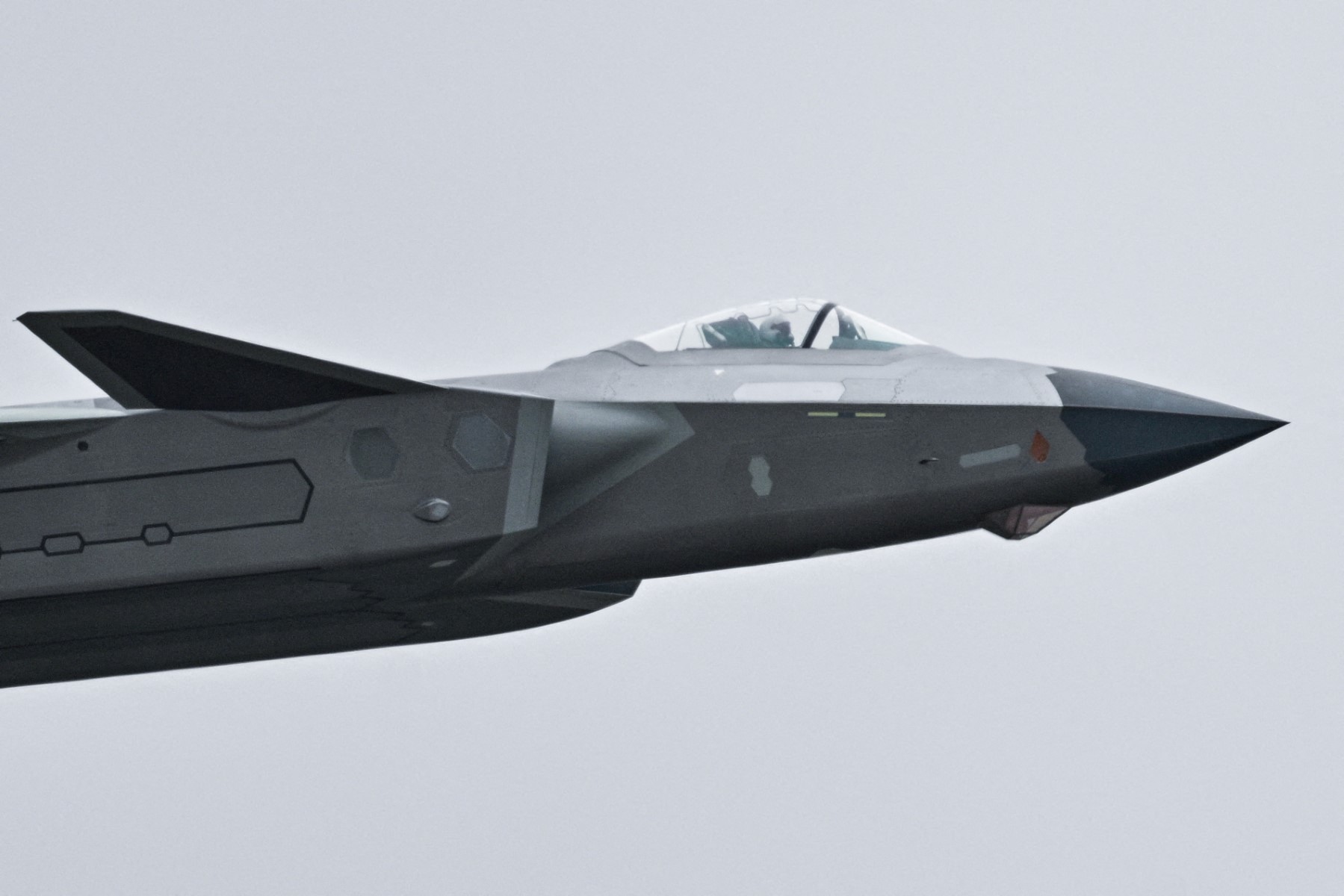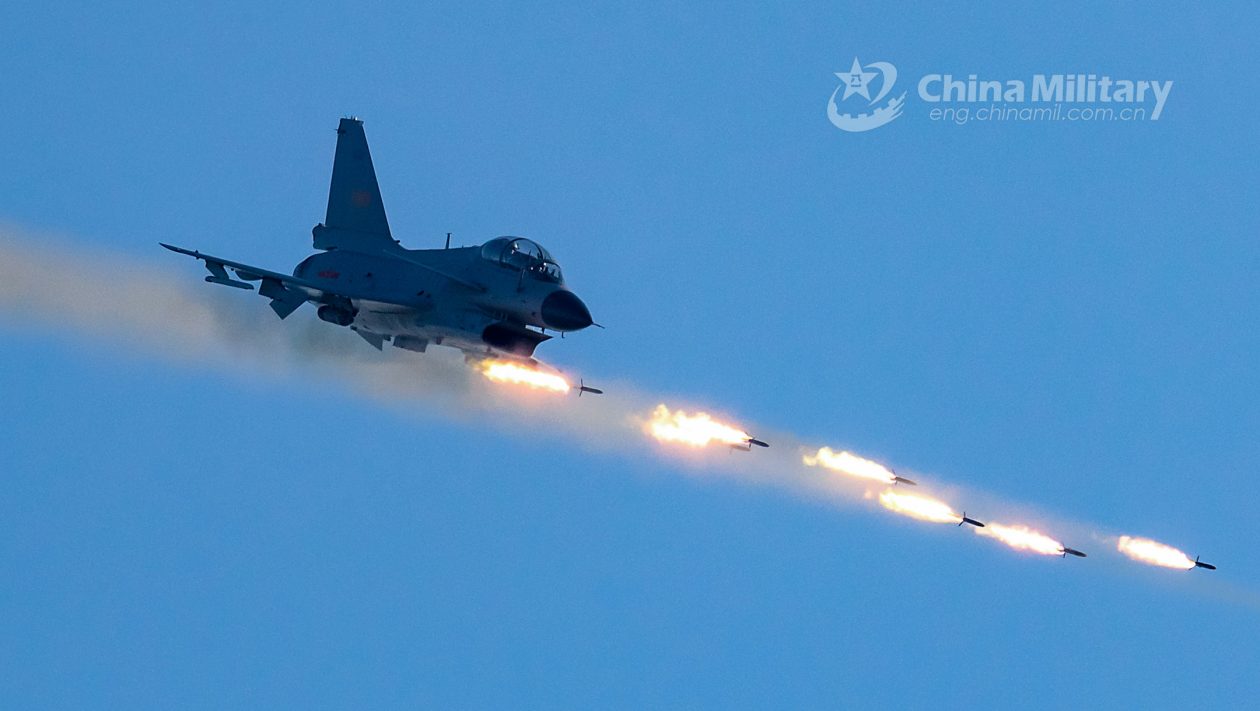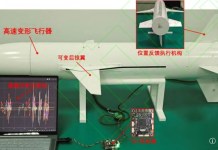It seems China is no longer satisfied with the phony tagline of ‘Rafale Killers’ for its frontline 4.5-generation fighter jet, the J-10C ‘Vigorous Dragon.’
After promoting the J-10C in the export markets as ‘Rafale Killers’ ever since the brief four-day war between India and Pakistan in May, in which Islamabad claimed to have shot down five Indian fighter jets, including three Rafales, Beijing is now going one step further.
It intends to claim a tagline of ‘stealth fighter jet killer’ for the J-10C.
According to reports in China’s state-run media, a J-10C fighter jet “shot down” a J-20 stealth fighter jet during a war drill.
“Under the support of the combat system, a J-10C fighter jet ‘shot down’ a J-20 stealth fighter jet in a confrontational exercise,” the Global Times reported, citing a report in CCTV, China’s National Broadcaster.
The combat training result was first briefly mentioned in a report from China Bugle, an official media account of the Chinese People’s Liberation Army’s (PLA) news media center, last week, as part of a documentary film aired on August 1.
“When the J-10 met the J-20 head-to-head, the J-10 ‘shot down’ the stealth warplane,” China Bugle reported.
So, how did the J-10C, a 4.5-generation fighter jet, track and shoot down the J-20, a 5th-generation stealth fighter jet?
J-10 Shoots Down Stealth Fighter Jet J-20
According to Chinese media reports, during the war drills, which featured multiple types of aircraft of the PLA Air Force, the J-10C pilot Xiao Nan discovered that his aircraft could no longer detect the opposing target after he launched a missile.
Nan immediately understood that either the opposing target aircraft was a stealth fighter jet or his plane’s radar had been jammed with the aid of electronic warfare equipment.
The J-10C pilot requested a friendly unit to scan for the target.
“The missile eventually found its target, marking that the J-10C successfully ‘shot down’ the opposing stealth aircraft,” it said.
Nan acknowledged that this was the first time his unit had achieved success against a stealth target.
‘Kill Chain’ Behind J-20 Shoot Down?
While the Chinese media has provided minimal details about the shoot down, reading between the lines, it becomes apparent that the same ‘kill chain’ was behind the J-20 shoot down, which was earlier credited for downing Indian Rafale fighter jets.
Nan noted that without the “support of the system,” there would be no chance to defeat a stealth aircraft, but with the system support, the J-10C is still at its prime.
“Without networked support, there was virtually no chance of shooting down stealth aircraft. Through this exercise, I realised that with systematic support, the J-10C is still very much in its prime.”
Wang Ya’nan, chief editor of Beijing-based Aerospace Knowledge magazine, underscored the same point.
“While the J-10C is a world-class aircraft, it would be outmatched by the J-20 in a one-on-one combat, because the J-20 is a generation ahead of the J-10C. The key to the J-10C’s victory over the J-20 in the exercise was the support of the system,” Wang Ya’nan was quoted as saying by the Global Times.
Wang added that early warning aircraft may have provided information support to the J-10C, enabling it to lock onto the J-20.

With this limited information, a holistic diagram of the ‘kill chain’ at work could be drawn.
According to Chinese media reports, apart from the J-10C and J-20, the KJ-500 early warning aircraft and the J-16D electronic warfare aircraft also took part in the war drills.
All these aircraft, the J-10C, J-16D, and the KJ-500 early warning aircraft, must have been connected to each other through data links.
In this scenario, the KJ-500 early warning aircraft would have illuminated the target and relayed the information to the J-10C.
The J-10C fired the missile, perhaps at a distance, and then, with the aid of the KJ-500 early warning aircraft, guided the missile using a two-way data link.
The missile eventually found its target, the J-20 stealth fighter jet.
Incidentally, this is the same ‘kill chain’ that was used to down Indian Rafale fighter jets during the India-Pakistan clash.
The ‘Kill Chain’ Behind Rafale Shoot Down
The EurAsian Times had earlier reported how a superior ‘kill chain’ was behind the unverified Rafale shot down.
In the aftermath of the India-Pakistan air battle on the night of May 6/7, an article in the China Space News, a Chinese defense industry magazine, said that the “Pakistan Air Force deployed – ‘Locked by A, Launched by B, and Guided by C’ combat system.”
So, Pakistan integrated ground radars, fighter jets, and Airborne Early Warning aircraft.
The ‘kill chain’ may have started with a ground radar, which illuminated the Indian target (Rafale fighter jet). Then, the J-10 launched its missile, probably at a range, and finally, an Airborne Early Warning aircraft used a midcourse datalink to update and guide the missile to the Indian fighter jet.
On August 2, Reuters also confirmed this ‘kill chain’ theory after speaking with six Pakistani and two Indian officials.
“Not only did Islamabad have the element of surprise with its missiles’ range, the Pakistani and Indian officials said, but it managed to more efficiently connect its military hardware to surveillance on the ground and in the air, providing it with a clearer picture of the battlefield. Such networks, known as “kill chains,” have become a crucial element of modern warfare,” the Reuters report said.
Four Pakistani officials said they created a “kill chain,” or a multi-domain operation, by linking air, land, and space sensors. The network included a Pakistani-developed system, Data Link 17, which connected Chinese military hardware with other equipment, including a Swedish-made surveillance plane, the Reuters report said, quoting two Pakistani officials.
The system allowed the J-10s flying closer to India to obtain radar feeds from the surveillance plane cruising further away, meaning the Chinese-made fighters could turn their radars off and fly undetected, it said.
Now, it seems that China has utilized a similar ‘kill chain’ to shoot down a stealth fighter jet, the J-20.
Why Is China Promoting The J-10C Over the J-20?
The report by China’s state-run media that its 4.5-generation fighter jet J-10C shot down its 5th-generation fighter jet, the J-20, left many wondering why Beijing is giving bad press to its own stealth fighter jet.
However, it must be noted that while Beijing is actively promoting the J-10C fighter jet in the export market, it has not offered the J-20 stealth fighter jet to any country.
China is offering its second 5th-generation fighter jet, the J-35A, for export, and according to reports, Pakistan has even signed a deal for 40 J-35A fighter jets. However, the J-20 has never been offered to any country.

Despite the availability of the J-10C fighter jet in the export market for many years, Pakistan remains the only country that has signed a deal for the J-10C fighter jets. In December 2021, Pakistan confirmed the purchase of 25 J-10CEs, with an option for 11 more, and began receiving them in 2022.
Despite its cost-competitiveness, the plane reportedly costs nearly half the price of the Rafale; the J-10C has not achieved much success in the export market.
According to experts, a significant handicap was the fact that Chinese aircraft were not combat-tested; however, that changed in May when Pakistan used them in an air battle against the Indian Air Force.
Since then, China has been hopeful that its claimed success against the Rafales will help it crack more deals.
Notably, the J-1OC is in the reckoning for winning export orders from many countries, including Egypt, Indonesia, Colombia, Malaysia, Bangladesh, Azerbaijan, Saudi Arabia, and many others.
Beijing might be thinking that the additional tag of ‘stealth killer,’ in addition to the tag of ‘Rafale Killers,’ might further cement the J-10C’s reputation as a deadly fighter jet capable of tracking and targeting the most advanced fighter jets.
- Sumit Ahlawat has over a decade of experience in news media. He has worked with Press Trust of India, Times Now, Zee News, Economic Times, and Microsoft News. He holds a Master’s Degree in International Media and Modern History from the University of Sheffield, UK.
- VIEWS PERSONAL OF THE AUTHOR.
- He can be reached at ahlawat.sumit85 (at) gmail.com




